In March of this year, I travelled to the Chernobyl Exclusion Zone with a friend on a photography trip. I wasn’t aware of the show that was released a couple of months later at the time, and I found it very educational, respectful, and entertaining when I watched it – I’d seriously recommend it if you’re interested in the story of Chernobyl.
That being said, I took it upon myself after returning from Ukraine to create my own production on Chernobyl in the form of a zine. The Nuclear Option is a 33 page zine and e-zine I released shortly after my visit. It includes over 60 images shot exclusively on 35mm film, my written experiences from the Exclusion Zone, and some parts of the story of Chernobyl. I thought I would share with you some of the shots I captured there, as well as some of my stories and experiences so you can get an insight into what it’s like shooting film in Chernobyl.
Before our excursion in the zone, we spent a couple of days in Kiev, Ukraine’s capital. I think there is quite a stereotype for Eastern Europeans being rough and cold people, and we expected people to be harsh and unforgiving (just like the weather there!). Everyone was so warm and kind when we went there – the language barrier was a hurdle but the people of Kiev were very hospitable. Some of the buildings there, such as the orthodox churches scattered around the city, are truly spectacular with their bright blue paint and golden domes. There were also, of course, plenty of Babushkas to give street photos that authentic Ukrainian look.
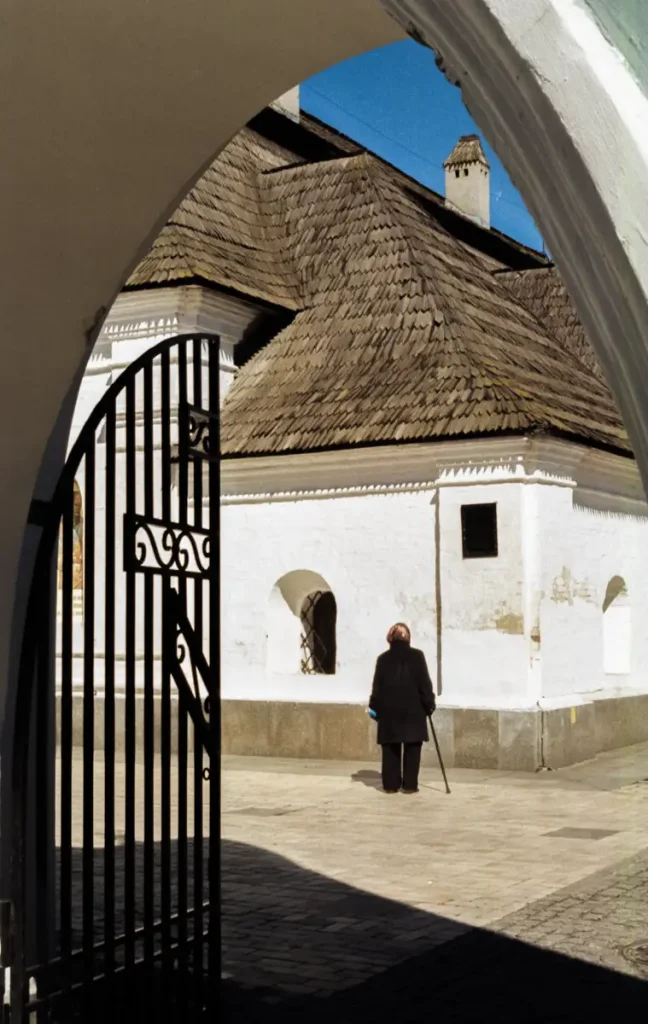
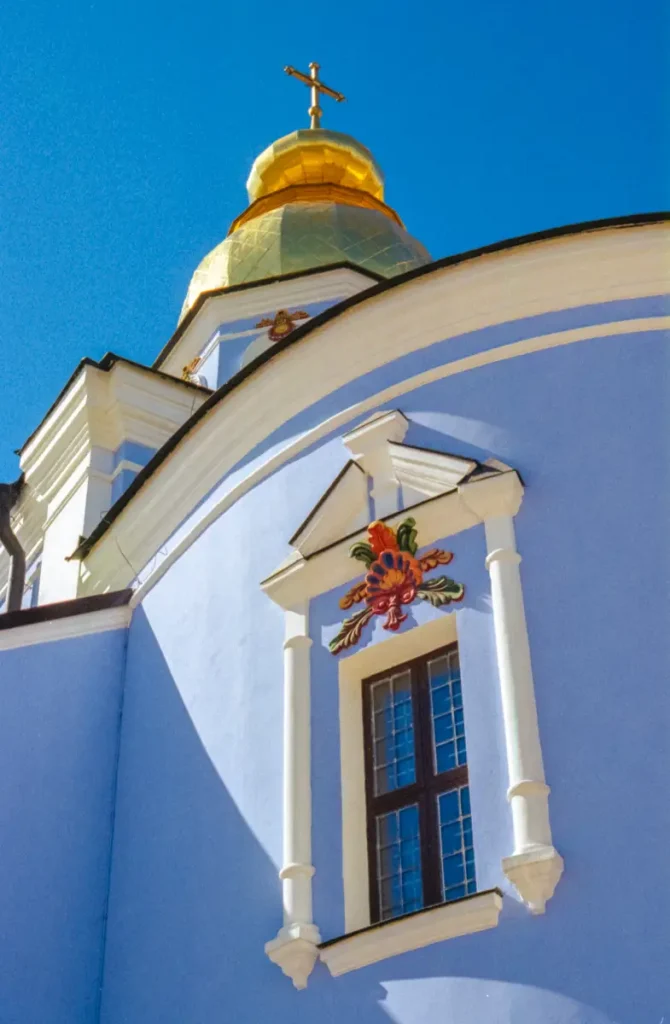
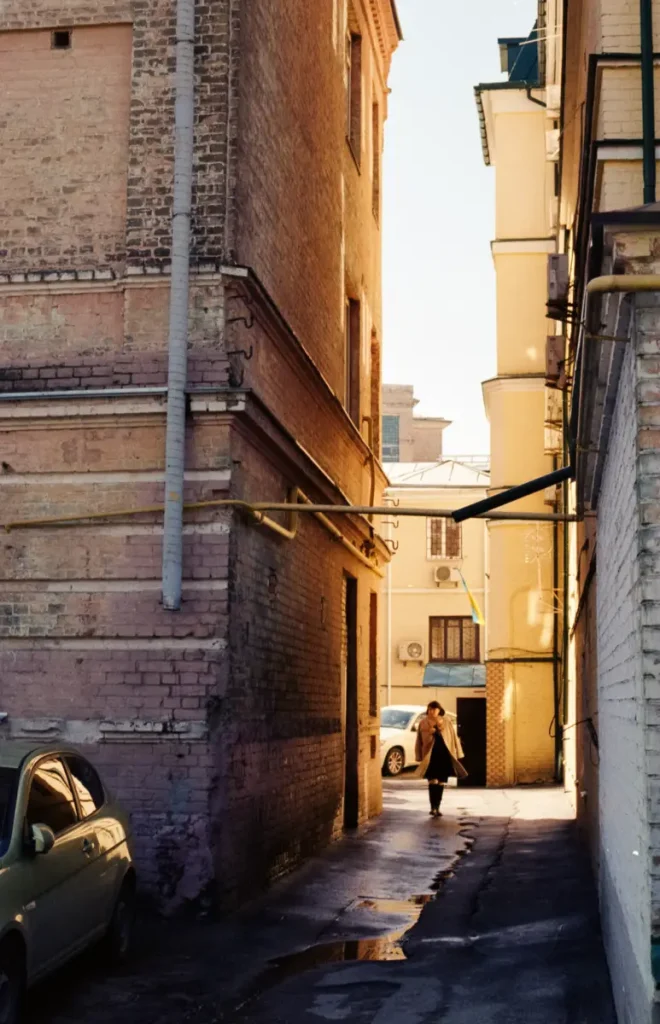
On the day of our visit, we met with our tour guide and group at 8am in the centre of Kiev. The tour guide was very friendly, and extremely knowledgeable and informative in her field. On the way, I loaded my Nikon FM2 with a roll of Rollei Infrared, slapped on my 25A red filter, and threw some Portra 160 into my Canon EOS 500n. I also brought a Rollei B35 and a cheap Canon point & shoot – I didn’t exactly want to get caught with my pants down having an empty camera at a great location. I took half a kilo of a vast range of films (about 20 rolls) to Ukraine and, out of those, shot 16 of them in Kiev and Chernobyl. We were shown a documentary on the way, and shortly arrived at the checkpoint to the 30km exclusion zone before entering the village of Zalissya. Here is the opening page of The Nuclear Option, detailing my first few minutes in the exclusion zone:
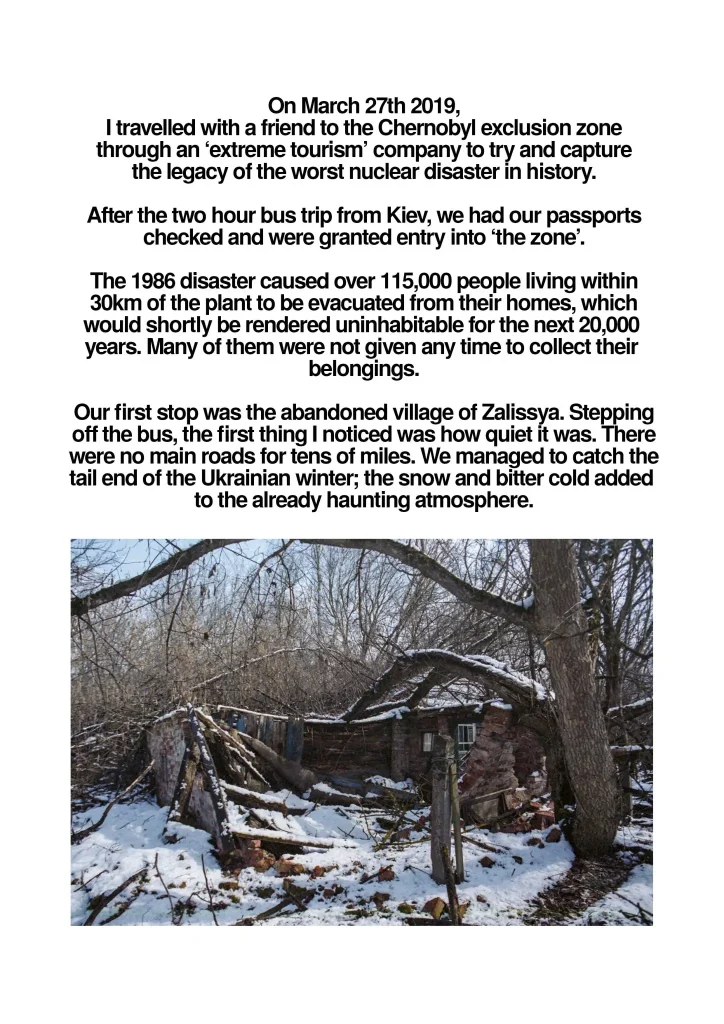
I was so interested to see so many places that I’d never even heard of in the Exclusion Zone. It really gave me a sense of scale, and the extent of the disaster. It’s scary that something that can’t be seen. heard, felt or tasted can travel so far and cause so much destruction, death and illness. We visited a few of these abandoned villages and towns, including the buried town of Kopachi. The Soviet government buried the town in contaminated soil as an experiment, including it’s cemeteries. One of the few buildings that remained we were able to visit was the school. It was a very hard-hitting and emotional sight. School workbooks littered the ground. You can really tell that people just had to drop everything and leave. They never knew that their homes and schools would be uninhabitable for the next 20,000 years. Here are some of the images I took in the abandoned school of Kopachi.
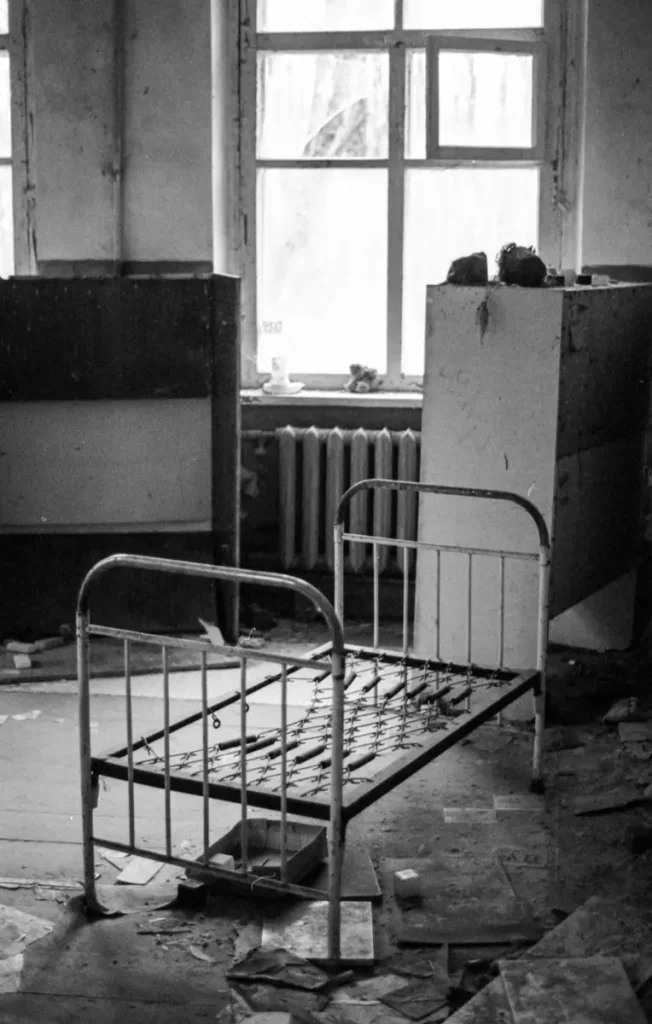
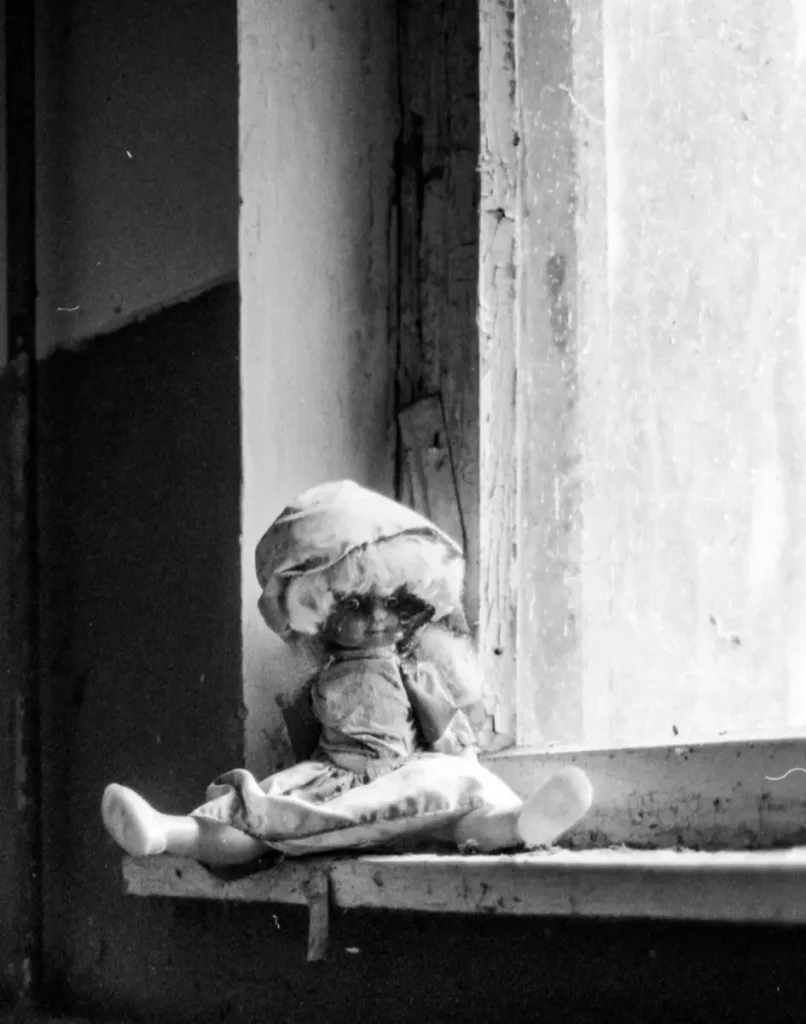
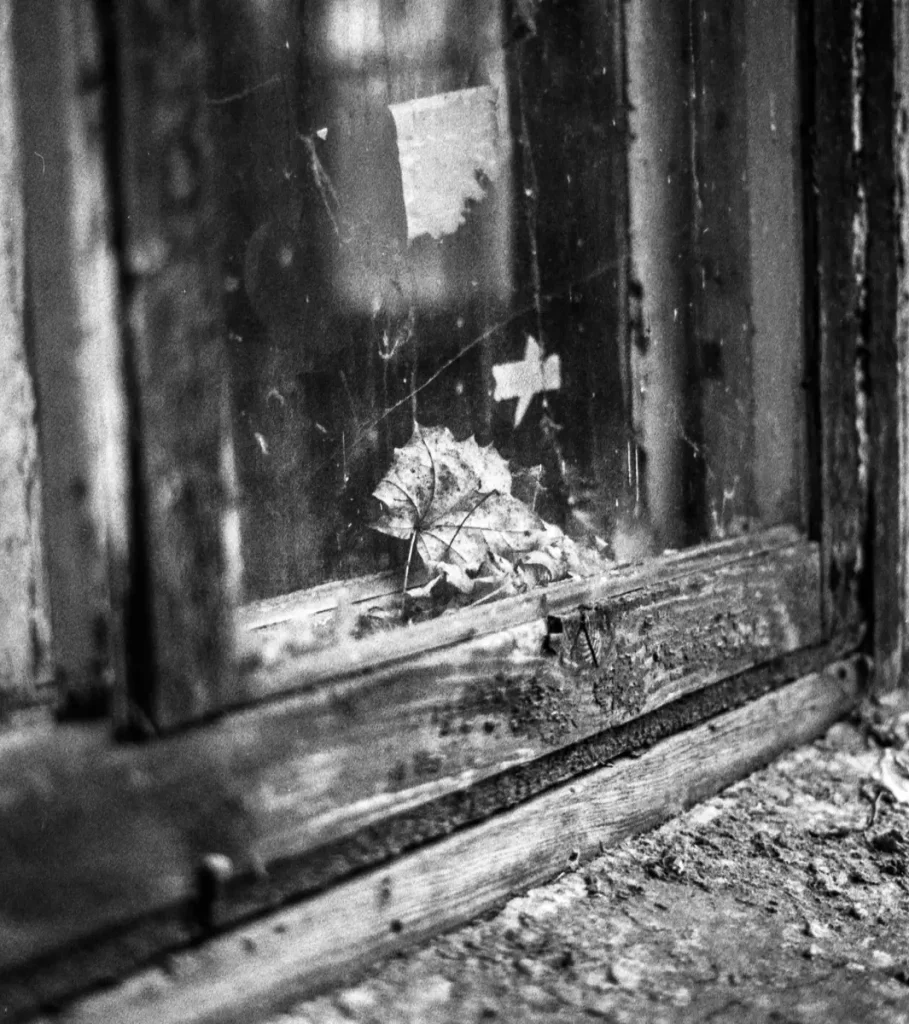
We also came across a few wild dogs during our time in Chernobyl. In contrast to what you might think, they weren’t glowing or foaming at the mouth, nor did they try and tear my arm off. They were extremely friendly and playful. One particular dog we met was called Tarzan. After we left the area we were at, he chased the minibus until we lost sight of him. This portrait was taken on Rollei Infrared.
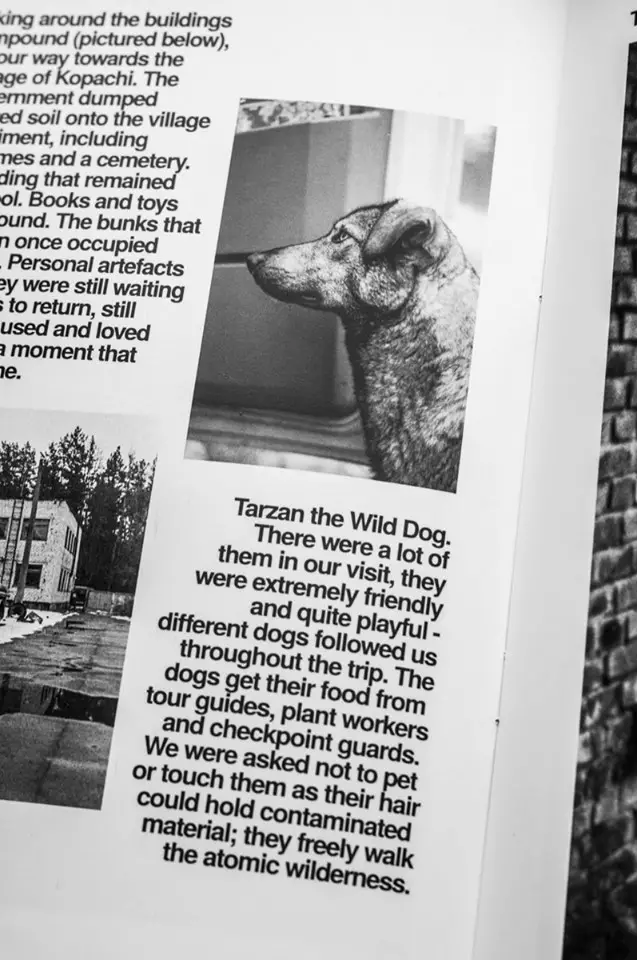
While I was there, I was interested with the effects of radiation on photographic film. While we’re all familiar with the effects of X-Rays on film when you’re flying, I wondered if hotspots of radiation could damage film. I love taking risks with my film, and with my photography. I think experimenting is one of the best ways to get out of your comfort zone and keep things fresh. This is an extract from The Nuclear Option showing the result I got from putting a 400 speed cassette of film against a hot-spot of radiation for a couple of minutes.

The town of Pripyat was, of course, the climax of the tour. The whole city was just so quiet. It was eerie, but also such a calm place. There were no cars for dozens of miles, no aircraft. There was just plain silence, save for our footsteps and birds in the sky (and the occasional wild dog). We took a long walk through the city, visiting the city centre, apartments, the infamous fairground, the Azure Swimming Pool, and more. All of the places had their own interesting pieces of history, their own stories. You could really just imagine how, 35 years ago, the city was one of the better places to live in the Soviet Union. There’s so much I want to share with you from Pripyat, but I would be here all day. Here’s some of the highlights.
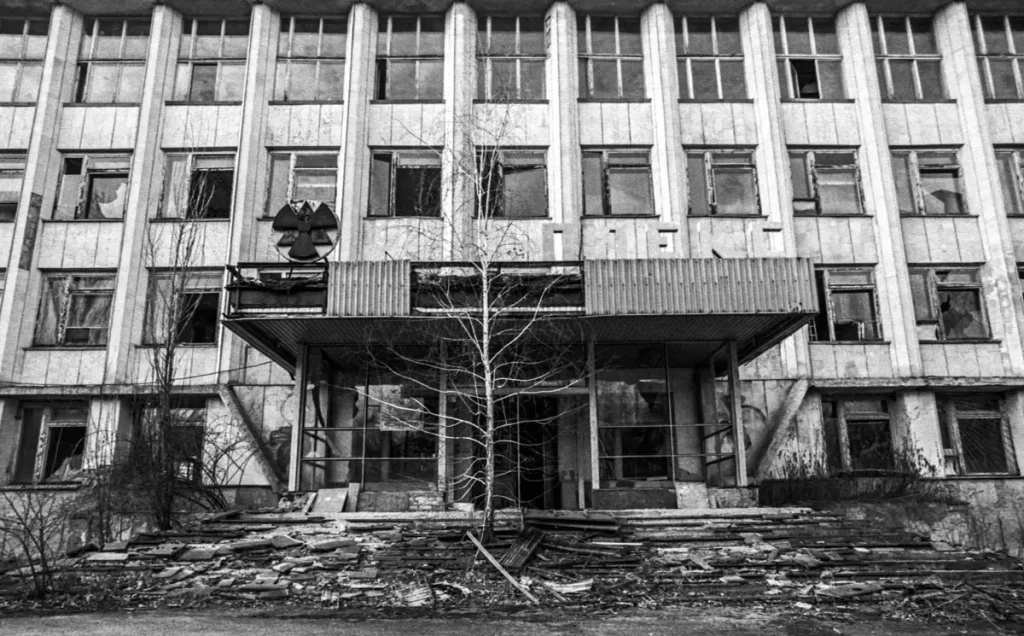
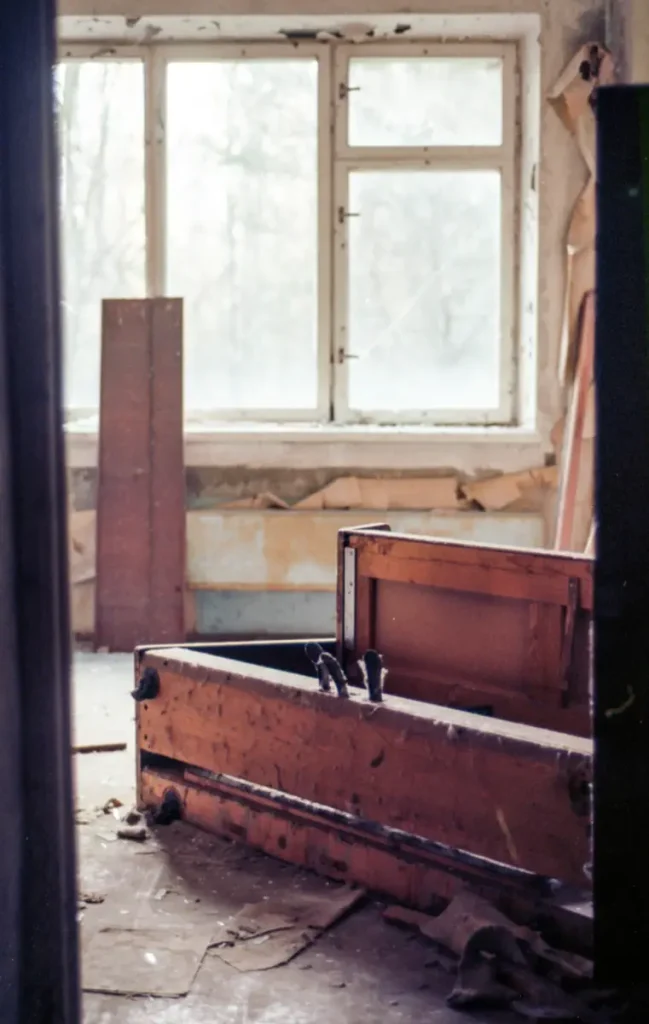
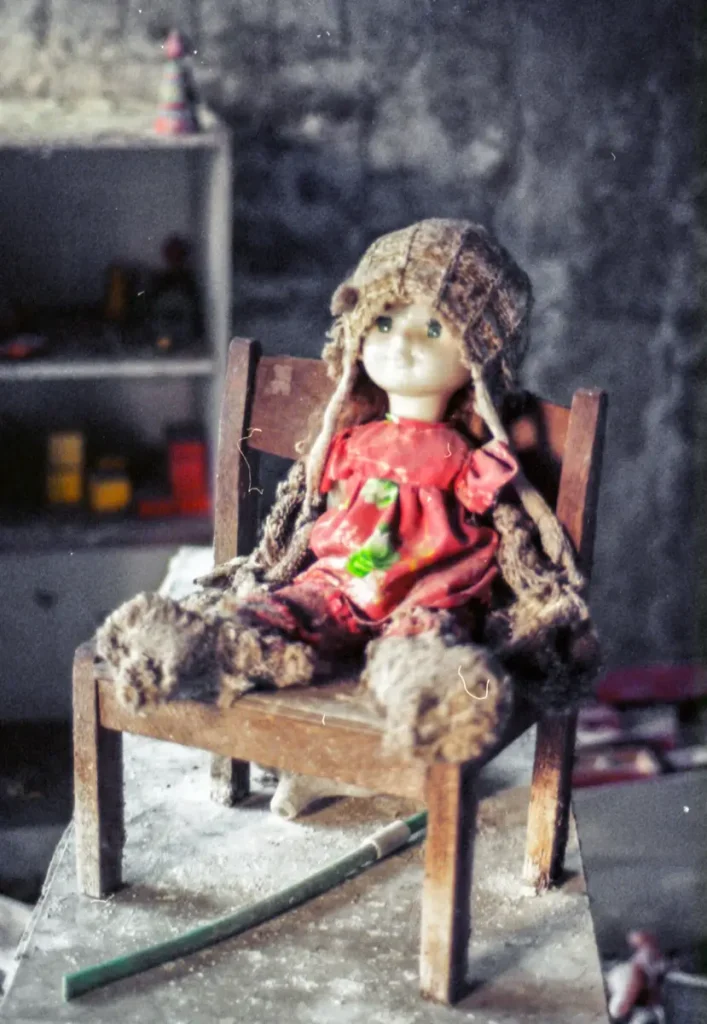
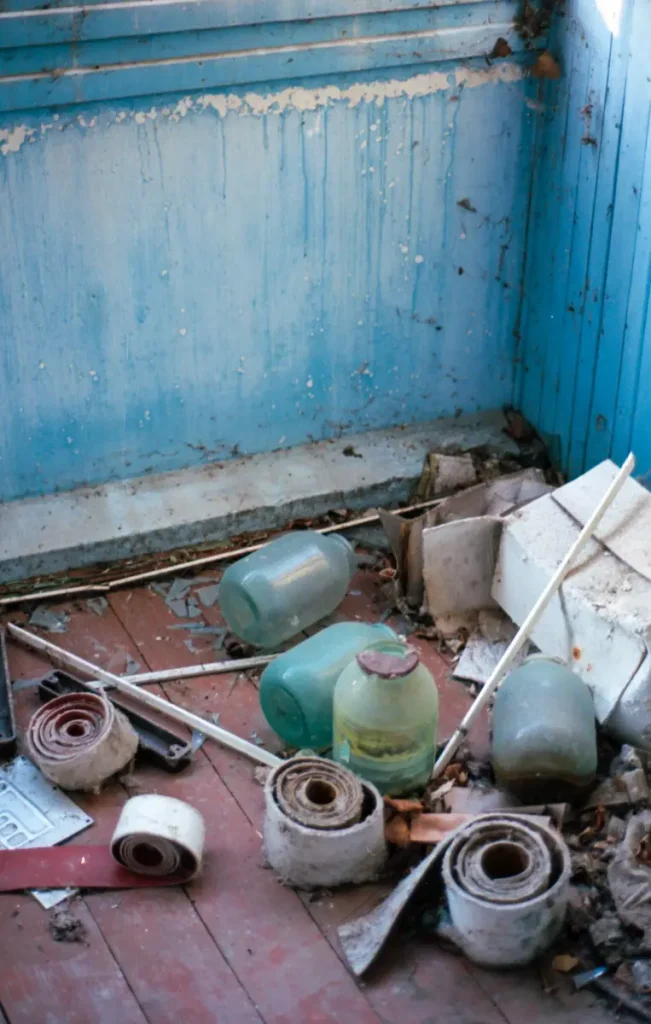
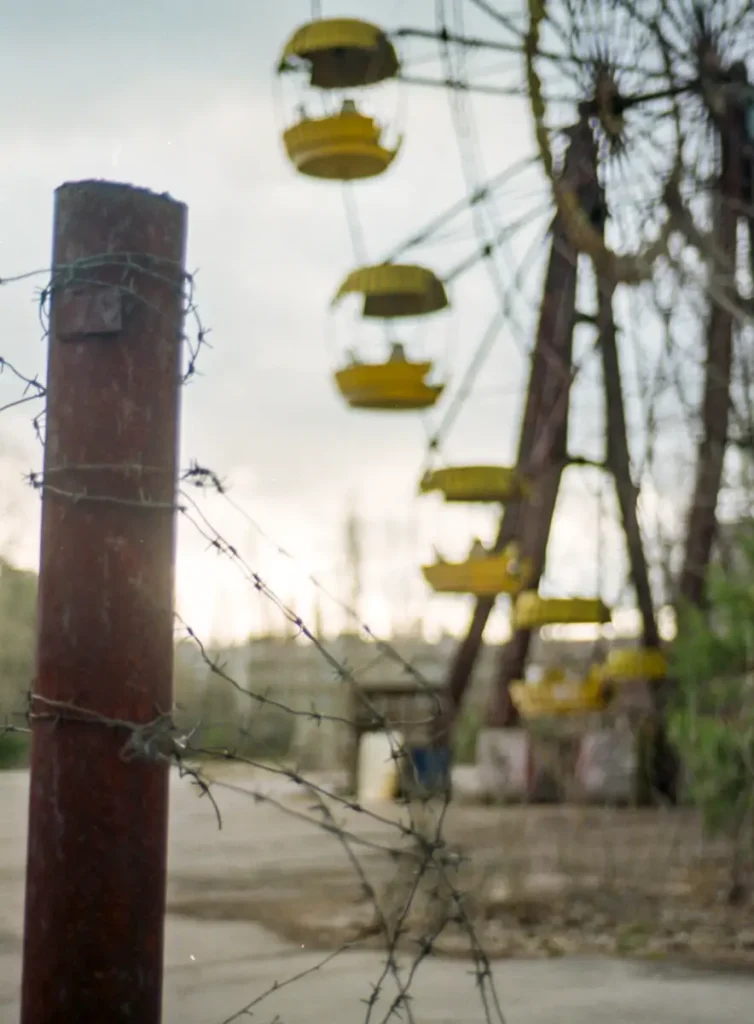
If you’re hungry for more, The Nuclear Option is available to purchase on my Etsy here. If you like my work and want to stay up-to-date with all my recent images, you can find my Instagram here. Lastly, I’d really like to thank 35mmc for having me on. Thank you.
Share this post:
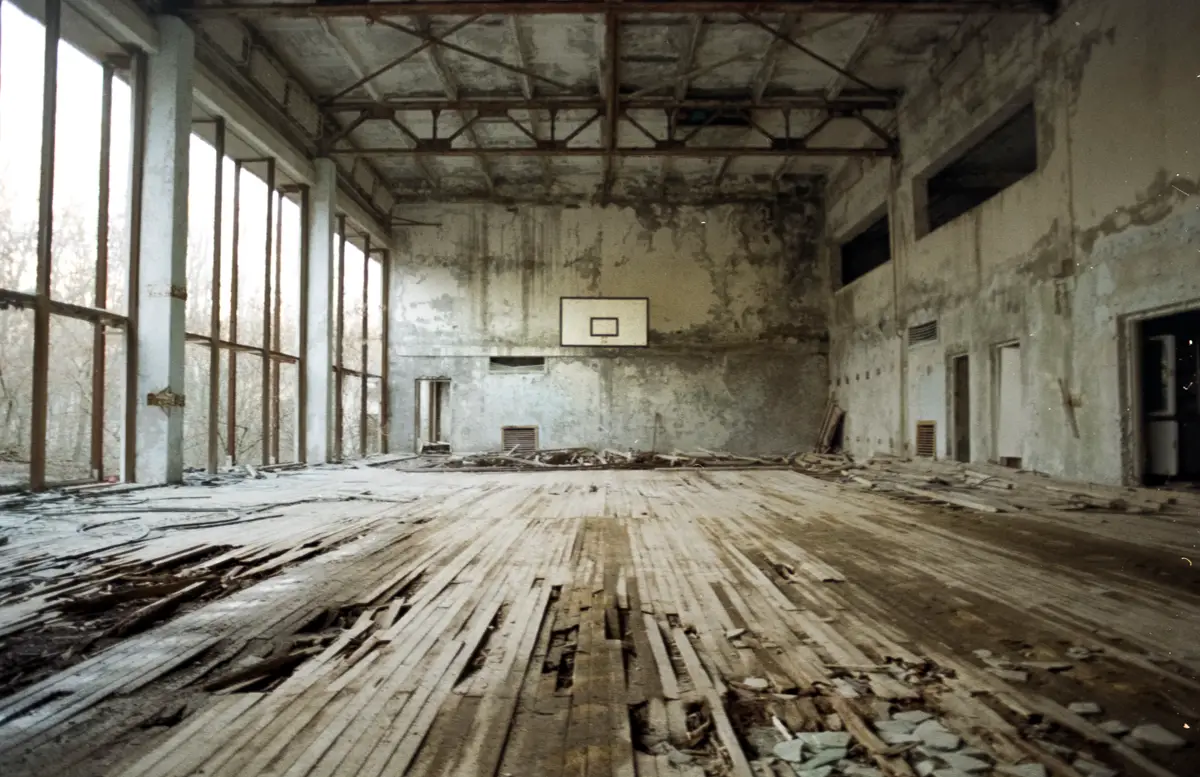








Comments
Gandhi Cabanas on The Nuclear Option – My Experiences in the Chernobyl Exclusion Zone – By Charlie Thom
Comment posted: 19/07/2019
Comment posted: 19/07/2019
Studies at Solent on The Nuclear Option – My Experiences in the Chernobyl Exclusion Zone – By Charlie Thom
Comment posted: 18/09/2019